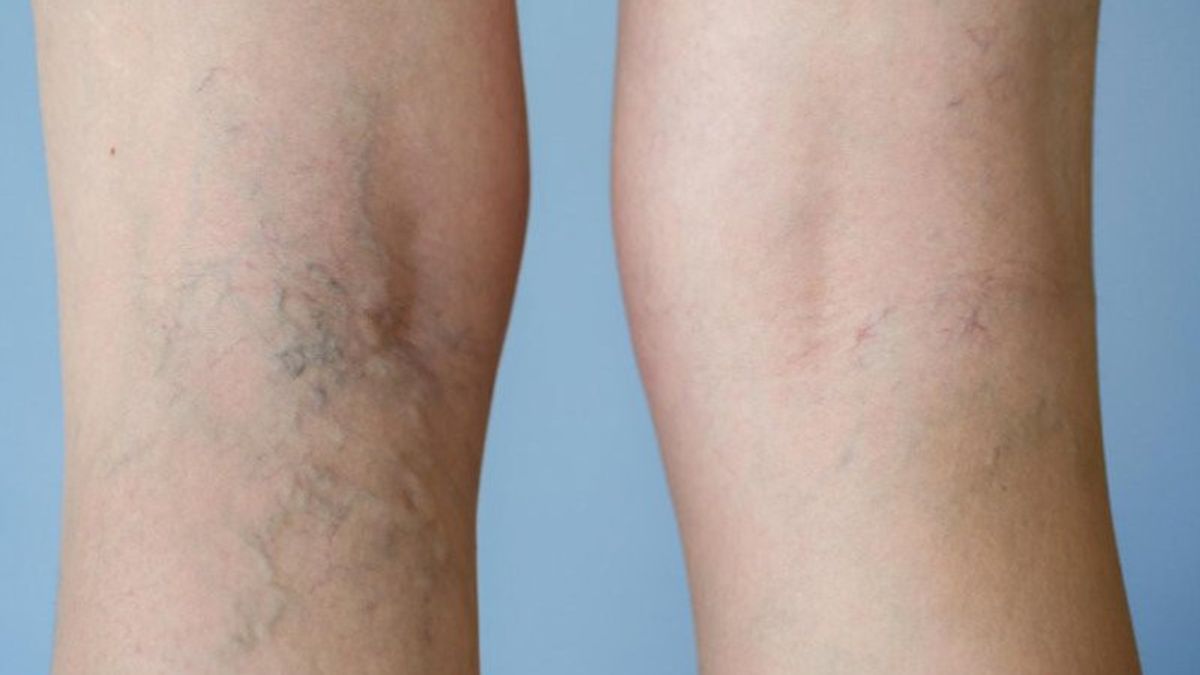JAKARTA - Often overlooked, varicose veins are not just a matter of aesthetics, but also health because complications from varicose veins can lead to heart attacks and strokes. Be aware of varicose veins so that the treatment results are better.
according to dr. Febiansyah Kartadinata Rachim, Sp. B, Subsp. BVE (K), untreated varicose veins can cause increased pain, swelling and inflammation of the veins. The doctor who practices at Pondok Indah - Pondok Indah Hospital said that varicose veins occur when there is damage to the valves in the veins so that blood flow to the heart is disrupted. The slowed flow allows blood to clot.
These clots can eventually cause blood clots in the deep veins (deep vein thrombosis) which can cause blood flow to become blocked. These clots can break off and be carried into the blood circulation.
"If the clot gets stuck in the heart, it can be a heart attack. If it gets stuck in the brain, it can cause a stroke. If it gets stuck in the leg, I call it a leg stroke (limb ischemic)," explained the Specialist Surgeon, Subspecialist in Vascular and Endovascular Surgery (Consultant).
SEE ALSO:
He emphasized that varicose veins are not just a cosmetic problem, but a disease that can have dangerous effects if left unchecked. Untreated varicose veins can reduce the quality of life, he said.
Varicose veins is chronic venous insufficiency, in which there is impaired blood flow from the leg veins to the heart. Varicose veins result from abnormal functioning of the venous system caused by incompetent venous valves.
When the valves work properly, blood can flow smoothly to the heart. In varicose veins, the valves in the veins malfunction.
If you have varicose veins, a person can take drugs, inject varicose veins or sclerotherapy, or compression therapy with stockings. The use of stockings is done to expedite blood flow from the legs to the heart,
However, sclerotherapy is not the first choice for C2-C6 chronic venous disease, it is the second choice for patients who cannot undergo open or minimally invasive surgery.
The main treatment, he explained, is open surgery and phlebectomy as well as minimally invasive procedures that make blood no longer flow to the damaged blood vessels.
The English, Chinese, Japanese, Arabic, and French versions are automatically generated by the AI. So there may still be inaccuracies in translating, please always see Indonesian as our main language. (system supported by DigitalSiber.id)













